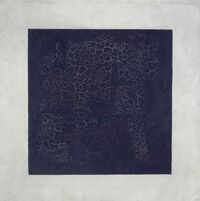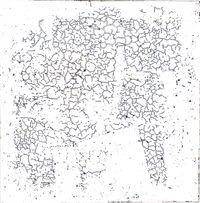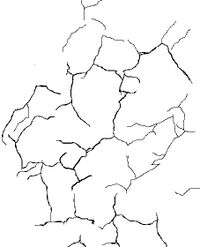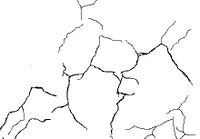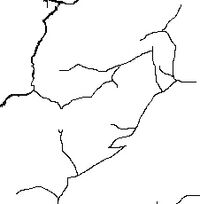Cracks
First layer \ Kintsugi
Kintsugi, in Japanese philosophy is embracing the flaws and imperfections of objects. It focuses in the broken area not to highlight the missing pieces but to emphasize the unique cracks formed when the object breaks. Namely, the practice is related to the Japanese philosophy of wabi-sabi, which calls for seeing beauty in the flawed or imperfect. The repair method was also born from the Japanese feeling of mushin, the acceptance of change.
Second layer \ MA
The philosophy of Ma translated as "gap", "space" or "the space between two structural parts is experienced progressively through intervals of spatial designation”. In Japanese, ma, the word for space, suggests interval. It is best described as a consciousness of place, not in the sense of an enclosed three-dimensional entity, but rather the simultaneous awareness of form and non-form deriving from an intensification of vision. MA can be defined as experiential place understood with emphasis on interval. Ma has also been described as "an emptiness full of possibilities, like a promise yet to be fulfilled", and as "the silence between the notes which make the music".
Cracks
Having these two philosophies in mind, I extracted and drew out the cracks of famous paintings. Highlighting the traces of time in the painting’s surface is what now becomes important. The morphology of a painting like the black Square for example has changed through time. It is not what the painter initially created. What the Black Square once was no longer is. It’s physical system that once represented is no longer valid. It goes on, seizing its own way, changing itself through the process of becoming.
Beyond the physical system, the space of the cracks, as we are zooming in, becomes a consciousness of space. Edges touch to reconcile their common border. With the presence of a void space is left to mediate between the two, to mitigate. The borders enable nothingness and provide a place for a version of reality or imagination to exist. What is not there, provides the ability for everyone’s story to coexist, giving space to deviate from the intended message before pulling back to the next demarcated edge. (Lucio Fontana Spatial Concept: https://www.ngv.vic.gov.au/essay/no-form-can-be-spatial-the-origins-of-lucio-fontanas-spatial-concept-2/)

